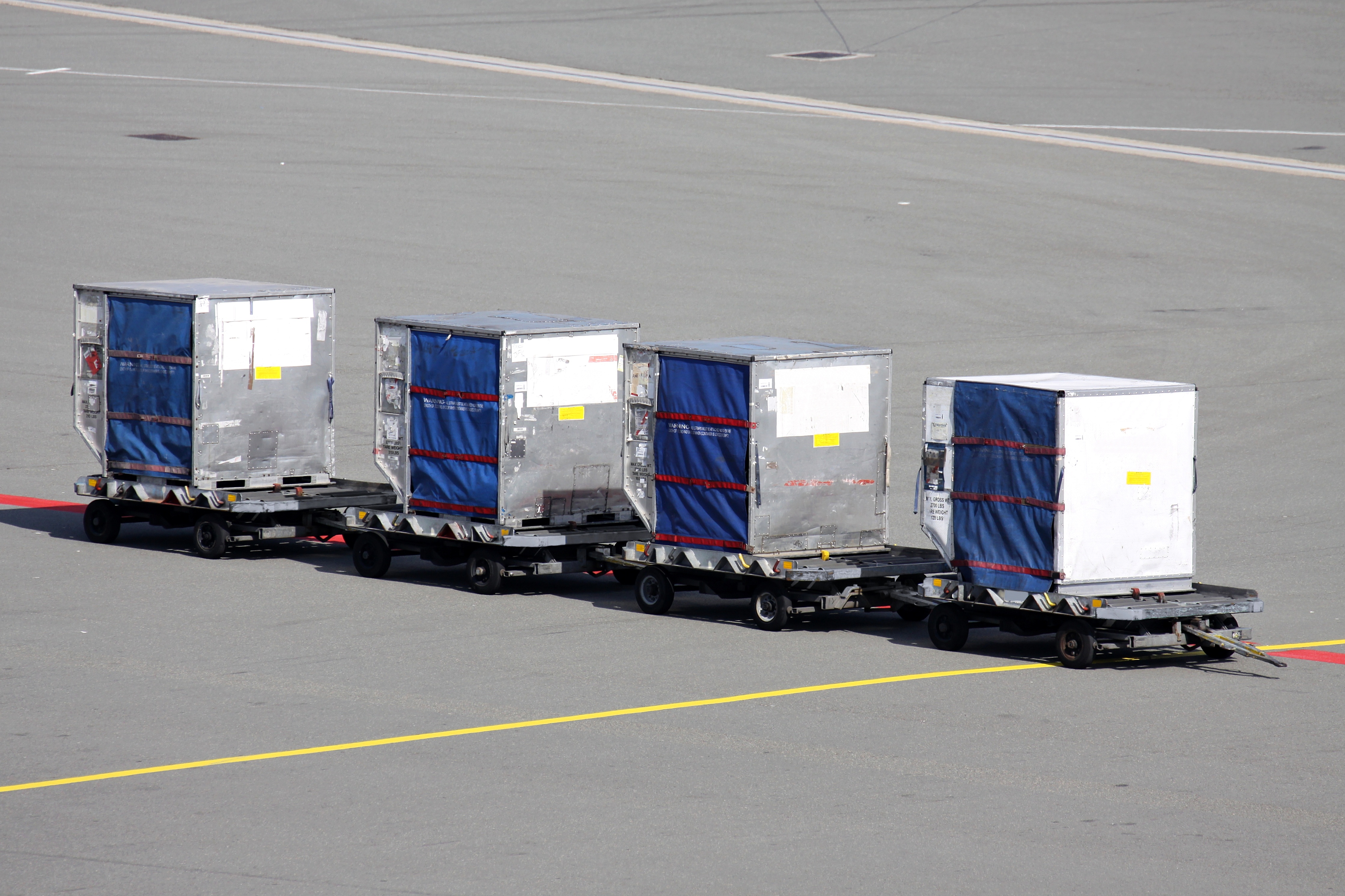Information
Litchis from China, tomatoes from Spain and fish from Alaska: we still want everything to be fresh, even if it comes from far away. Countless tons of fresh groceries are distributed throughout the globe by airfreight every year. This is posing ever larger challenges for logistics processes. It is becoming essential to have full-scale availability of logistics data even beyond company borders and material flows which are as autonomous as possible if we want to have smoothly running distribution processes. Objects such as transport containers have to be in a position to communicate with each other in order to achieve autonomous material flows. Up to now, technologies like RFID were frequently used to achieve networking among objects. The limits which this technology comes up against are the infrastructures (readers, middleware, etc.) which need to be set up along the entire value added chain. Without these infrastructures the objects are completely cut off from their environment.
That is why DyCoNet is setting out on a new course and is using airfreight containers as an example. The project will utilize universally available technologies like GSM/UMTS and GPS to fully network the objects. The system will also be able to operate self-sufficiently when it comes to energy. So there will be no need to change the present processes or to set up any new hardware en-route. The project intends to develop completely autonomous airfreight containers which do not need any operational infrastructure. They will be equipped with energy-independent radio so they can interact within an integrated company network wherever they are in the world. Data about the objects’ current environment will be collected by means of sensor components which in turn will be able to trigger the implementation of real actions such as activating alarms or requesting transportation.
So far, it has not been possible to implement technologies like GSM/UMTS and GPS for logistics objects such as in this example of airfreight containers because of their need to transmit radio signals. International legal regulations do not allow components with active radio transmissions to be taken on flights.
Lufthansa Cargo, a consortium leader in DyCoNet, has contributed a device that can safely stop itself transmitting radio signals during all flying phases. Another key challenge here is to deal with how much any of the airfreight containers will depend on batteries. Manual processes for charging and changing batteries are very time and cost intensive so alternative solutions must be found.
The huge energy potential provided by energy harvesting, i.e. collecting ambient energy inherent in transport vibrations, from differences in temperature or from exposure to the sun, could enable containers to become independent of batteries when combined with miniaturised electronics and new software components.
It will be possible to achieve profitability with this technology by optimizing the entire transport chain and mainly using it for high priced goods. This includes minimizing run-time, avoiding shrinkage and preventing transport damage.
 Fraunhofer Institute for Material Flow and Logistics
Fraunhofer Institute for Material Flow and Logistics